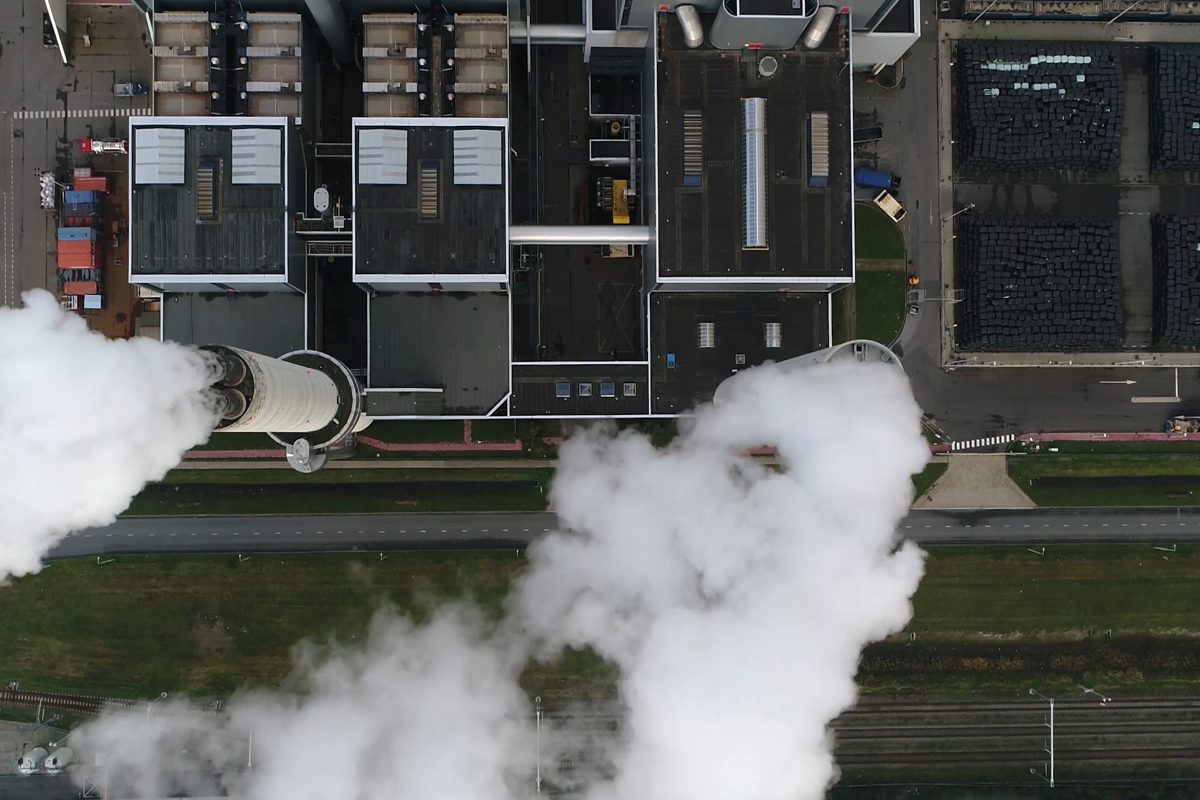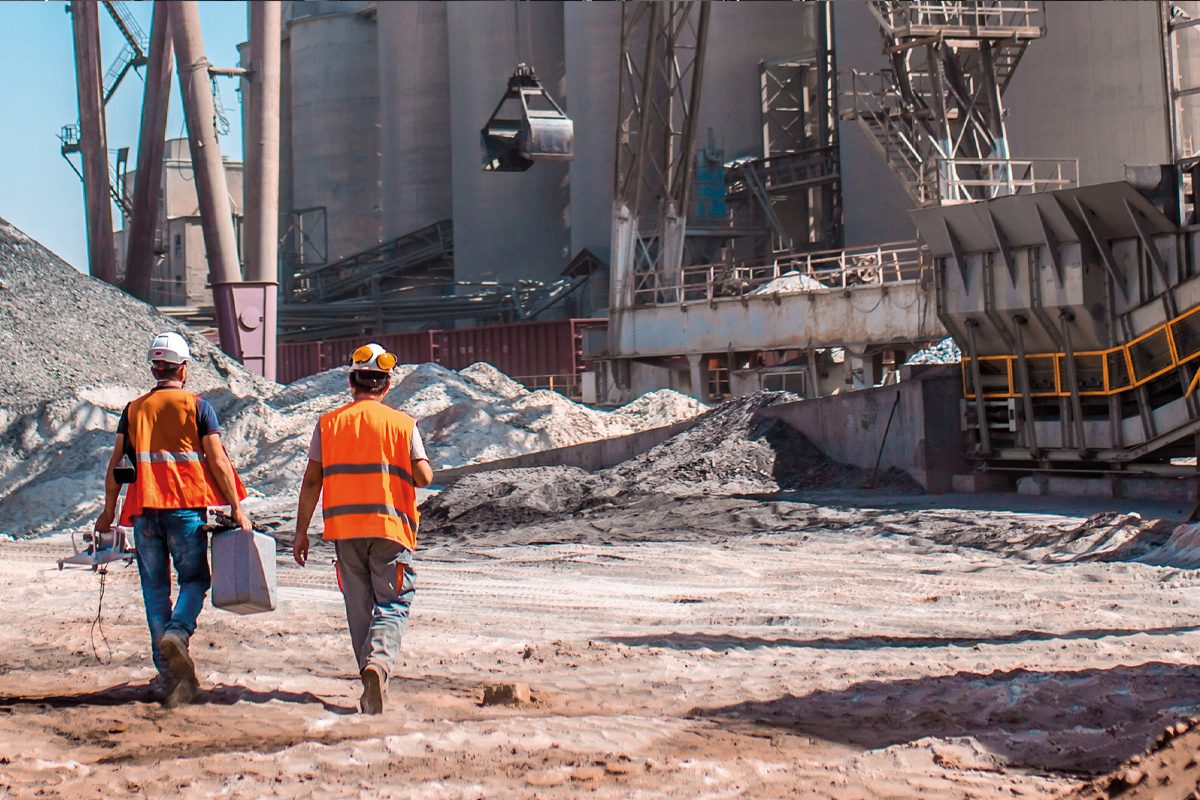As the slipping of climate targets continues, it’s becoming increasingly clear that cutting emissions won’t be enough to keep global temperature increases below the 2ºC target enshrined by the 2015 Paris agreement. Most people seem to believe some form of carbon capture and storage (CCS) will be necessary, although many are stil sceptical of an arguably “unproven” and ambitious technology. Envirotec writes.

Perhaps alarmingly, climate-modelling experts bank on CCS contributing 14 percent of the CO2 reductions that will be required in accordance with current climate predictions, according to the IEA’s Energy Technology Perspectives 2017 report. The same document said that CCS was “not on a trajectory” to meet the 2ºC target of over 400 MtCO2 being stored per year in 2025. Since then the number of large-scale operational sites has grown from 17 to 19, accounting for the capture of approximately 40 million tonnes (40 Mt) of CO2 per year.
But there remain widespread misgivings about how long it is taking for the technology to get off the ground, particularly in Europe, which is trailing behind the US, according to a report released in December by the Global CCS Institute, a think tank dedicated to the topic. The same report said the number of facilities must “increase 100-fold by 2040, and scaling efforts are just not happening fast enough.”
Do we need it?
Many have maintained that it makes better sense to invest in renewables and energy reduction, a position held by Greenpeace and other groups. A November report released by the UK’s Centre for Alternative Technology (CAT) presented findings from a modelling exercise that suggested the country could achieve its net-zero target without resort to “unproven” technologies like CCS, instead relying on changes to energy, buildings, transport, industry, diets and land use.
Speaking to Forbes magazine in December, Greenpeace commented that CCS compares unfavourably price-wise with investments in renewables and battery storage. The environmental group also views it as an attempt by the fossil fuel industry to maintain some degree of business-as-usual. But it said it was “not standing in the way” of efforts to apply it to sectors that are difficult to decarbonize, such as cement manufacture.
Is it happening?
The Global CCS Institute document reported that the number of new projects in the pipeline grew for the second year in a row in 2019, now reaching 51 large-scale facilities, either in operation or under development.
Europe’s laggard status has been attributed to investment uncertainty, amid the falling prices of carbon emissions under the European emissions trading system (EU ETS), according to a 2018 report by the European Court of Auditors.
CCS is clearly difficult and expensive, although the price is coming down. The easiest way to capture CO2 is from point sources, such as chimney flues and places like coal-fired power stations.
Direct Air Capture (DAC) – the idea of sucking CO2 directly out of the surrounding air– has been evolving rapidly in recent times, according to one or two firms. Although once almost unthinkable, given the extraordinary technical challenges – CO2 levels in the atmosphere are around 300 times more diffuse than in the fumes from the chimney of a coal-fired power plant, for example – faith in its promise appeared to take a leap in 2019, notably with the September announcement by Carbon Engineering – a Canadian firm – that it was expanding its existing plant from a capacity of 500k tons of CO2 (removal from the atmosphere) per year to 1 million tons, making it the largest plant in the world.
The renewed interest in the approach might also be a simple fact of the “beggars can’t be choosers” world that we are now in, when it comes to mitigating emissions satisfactorily, as suggested by Jennifer Wilcox, a professor of chemical engineering in the US and the author of a textbook on the topic, Carbon Capture, speaking to Bloomberg in December.
In September, the Washington-based Energy Futures Initiative, founded by former U.S. energy secretary Ernest Moniz, stated that “Net-zero carbon dioxide (CO2) emissions is not credibly achievable by midcentury without major contributions from negative-carbon technologies.”
At present DAC is very expensive, although a number of groups appear to be logging price decreases and significant improvements in their methods.
Zürich-based Climeworks, the leading developer of DAC technology in Europe, with around 14 small plants in operation around the continent, manages at best to capture 900 tons of CO2 per year, for around $600 per ton, according to the same article in Bloomberg.
In 2018 Carbon Engineering founder David Keith – a physicist at Harvard – explained how it could be done for $94 to $232, writing in the journal Joule.
Direct capture: How does it work?
The system employed by Carbon Enginering uses fans to propel air through plastic sheets drenched in potassium hydroxide. This produces potassium carbonate which, in turn, and within the next phase of the process, reacts with calcium hydroxide. The resultant calcium carbonate pellets are passed into a furnace, where they are broken down into lime (calcium oxide). And this can be mixed with either water, for further processing, or CO2, which can either be sequestered underground or put to other uses, such as adding fizz to carbonated drinks, or to make bicarbonate for pharmaceuticals, among other proposed uses.
Recycling captured CO2
What to do with captured CO2 is another major focus of innovation. While much of the gas from CCS plants is currently sequestered underground, the idea of re-using it offers an imporant avenue to making the approach economic. Much of the impetus seems to be coming from sectors that are difficult to de-carbonize. For example, Carbon Recycling International is transforming captured CO2 into methanol at a demonstration plant in Iceland, using a method where CO2 – captured from a waste gas stream – is catalytically reacted with hydrogen, which is generated from water electrolysis powered by renewables.
In the UK, Tata Steel Europe’s soda ash and sodium bicarbonate manufacturing plant in Cheshire aims to capture around 40k tonnes of CO2 per year from the flue gases of its CHP plant – reducing the firm’s carbon emissions by 11%. The gas will be fed into the manufacture of sodium bicarbonate. It is expected to be operational by 2021.

Cement manufacture – a notorious source of emissions – is also exploring possibilities for the reuse of waste CO2. An EU-funded project, LEILAC, has focused on capturing CO2 as it is released during the calcination of limestone (CaCO3) to lime (CaO). Such emissions seem unavoidable in this industry, so capture is the only realistic avenue available to significantly reduce emissions. Speaking to the ENDS Report in 2019, the project’s Daniel Rennie said the process involved “a new kiln design”, incorporating a mechanism whereby the CO2 is intrinsically separated. Partners in the project include Calix and Heidelberg Cement.
Rennie said the purity of the CO2 coming out of the process makes it intrinsically valuable as a raw material for niche markets, such as carbonated drinks, greenhouses and mineralization in the cement industry.
Governments might have a role to play in encouraging the development of markets for such zero-carbon products, thereby helping fund the technique. Speaking to the FT in 2019, Edinburgh University geoscientist Stuart Haszeldine said one possibility might be to set up “procurement mandates” so that the public bodies involved in infrastructure projects, for example, would be required to buy zero-carbon steel or cement. And this might be a way to get these markets started by providing a destination for these products.
A lack of political support is commonly cited as a reason for the slowness of the technology to get off the ground. But support at government level now seems to be following a more upward trajectory. The Green New Deal announced by the EU in December appears to recognise the importance of CCS and CCUS as breakthrough technologies, which should be given support in a renewed energy framework. In the UK, Boris Johnson pledged to invest £800 million in developing the infrastructure required for CCS clusters, a technique last year dubbed “essential” if the UK is to reach its net-zero target.






